Currently, the whole economy and individual companies are experiencing a unique constellation: a supply shock coupled with a demand shock. Production is suspended because the supply chains are disrupted. At the same time, there is no demand because consumers do not buy due to income losses. Also, they do not know how their personal economic situation is developing. The online retailer Zalando does not have a record turnover. They suffer from the lack of demand.
The automotive sector is calling for a scrappage incentive. We know from 2009 that this is (at best) a straw fire. In the short term, it even prevents purchases, because many potential customers are now waiting for the bonus. If purchase premiums are useful: Why are there no incentives for buying kitchens, buying underwear, or buying a schnitzel to help the troubled restaurant owner? And who should pay for these incentives? All of us, of course.
Investment incentives instead of consumer incentives
Consumption incentives are tempting, but their effect is doubtful. Promoting investment is certainly more effective in the long term: Investments in infrastructure, production facilities and private investments that serve the environment. There are considerable reserves in public and operational infrastructure investments. By comparing the price development for cars, consumer goods and similar items with the costs of construction and other infrastructure, it becomes clear quickly that infrastructure has become constantly more expensive, whereas most everyday items cost not only less in terms of inflation, but even in total. The findings of product cost reduction must also be incorporated into road and bridge construction as well as into production infrastructure. Why are methods such as standardization and value analysis not used there? This is particularly important with respect to the considerable public investment needs in Germany. In the municipal sector alone, they do sum up to EUR 600 per inhabitant per year.

ConMoto presented its approach to infrastructure investment savings at the Infrastructure Summit back in 2012. We have applied these methods in bridge construction for and with a very large company that invests significant amounts in infrastructure. With great success! We have standardized and logistically optimized the construction sites for a company that builds poles for power lines. With great success!
Politicians have rightly pointed out time and again in the recent weeks that our hospitals have been better equipped for the crisis than in many neighbouring countries. Nevertheless, the number of intensive care beds is still to be increased to be on the safe side. Correct. But why are the costs so high? We should strive to get more necessary infrastructure with the same quality from every euro, be it in a hospital or in an industrial company. Whether it’s public infrastructure or that of a private company, the solution is: plan, shop, create and maintain more efficiently.

Realizing potentials in organization and processes
During the crisis, private public companies have been helping the public sector functionally with purchasing skills. Very good! Now, the public sector needs qualified purchasing at all levels. This brings us to the important question of whether administrations at all levels are sufficiently prepared for future tasks. Our experience with similar organizations shows that personal qualifications and motivation are absolutely comparable to successful industrial companies. But in organization and processes, there are reserves in public and private companies.
It would be desirable to work on these issues. We need a strong and functioning state. This is what the last few weeks have shown very clearly: Sustainable investments instead of short-term straw fires. And targeted, cost- consciously used capital – that is the right way to go from ConMoto’s point of view.



 Deutsch
Deutsch